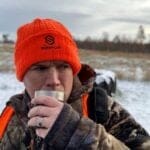As turkey season winds down, hunters swiftly transition from gobbling turkeys to focusing on velvet antlers, food plots, and summer preparation for the upcoming fall hunting season. Summer food plots are a popular and effective strategy for whitetail hunters. These green plots provide deer with the essential nutrition they need to thrive. We’ve compiled a comprehensive guide on summer food plots’ who, what, when, where, and why to assist fellow hunters.
Who
In recent years, Randy Birdsong, co-host of Headhunters T.V. and The Ravin, has become one of the most recognized big buck hunters and a proper authority in the field. Birdsong has utilized his extensive knowledge of growing mature whitetails to improve his hunting properties by enhancing the habitat and planting the food that deer love and need to become healthier and grow bigger antlers.
Birdsong has graciously shared his expertise on numerous occasions. Recently, I had the opportunity to ask him a few more questions that promise to help other hunters succeed in providing better habitat for big bucks.
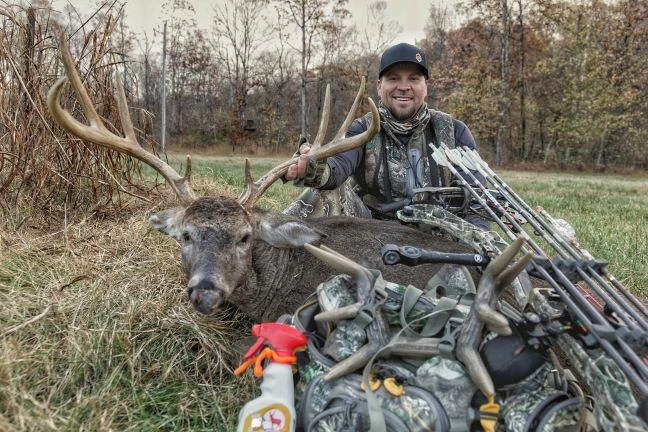
What
Hunters should plant high-protein crops to ensure that whitetail deer thrive and bucks grow to their maximum potential. The best types of food plots for deer include clover and beans, which they prefer for their nutritional value. High protein intake and consistent nutrition contribute to better antler growth.
Birdsong explains, “I concentrate on two things during late spring and summer. First, I focus on maintaining my existing clover plots; good clover plots are a great protein source. I view clover as the in-betweener; it helps deer get through the period when they don’t have a lot of browse during the spring, a critical time when they are growing antlers and does are having fawns. As summer begins, I like to plant beans because they are again a great protein and food source. Beans are beneficial early in the summer and again later in the year, making them a versatile all-around food source.”
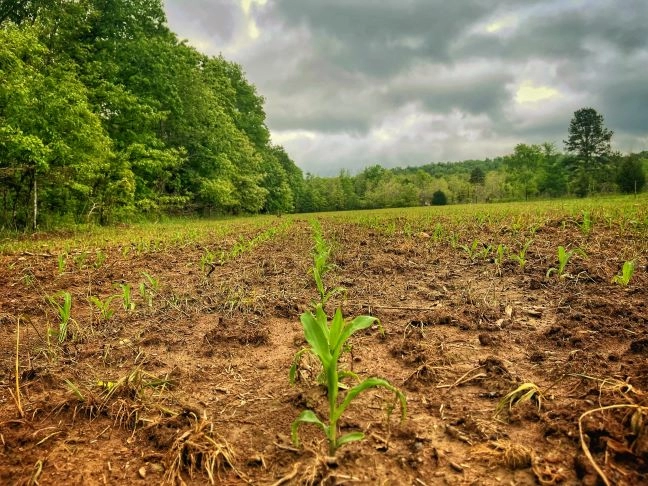
When
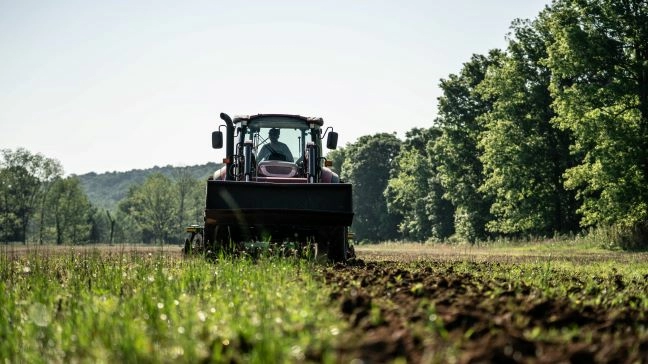
Where
Anyone can clear a few leaves or use a tractor to break up some ground and throw out seeds to grow a food plot. However, location is essential for deer to benefit from your food plots.
Birdsong advises, “I always try to concentrate my plots in low areas and around water. First, it will keep plants healthier in low areas where moisture stays longer into the summer and the growing season. Additionally, mature bucks tend to hang out around water during the summer when temperatures rise and seek cooler areas. It goes hand in hand to have low-area plots and water sources nearby each other.”
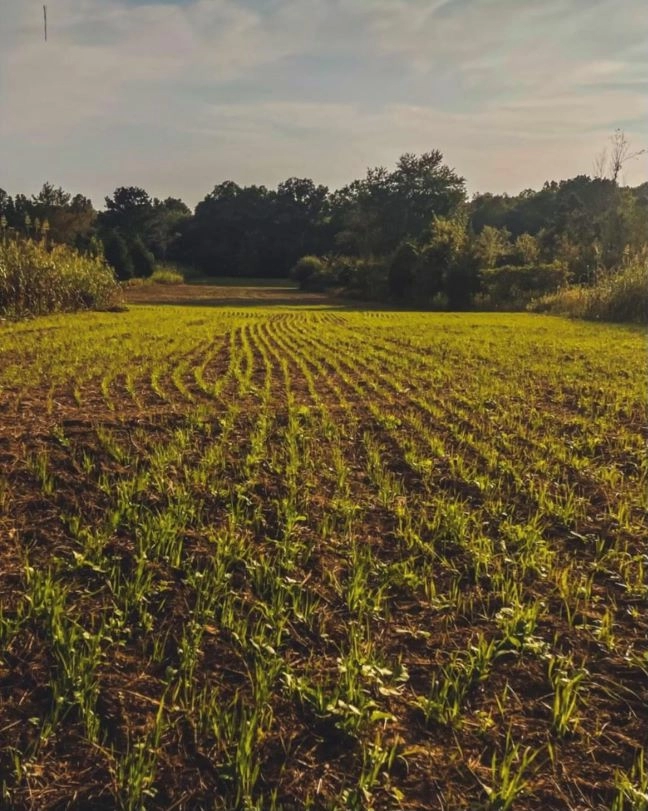
Why
Hunters should plant extra food sources for whitetail deer during the summer to ensure better health and antler growth. While many hunters successfully shoot big bucks in wooded areas, food plots provide essential nutrition that natural browse may lack.
Birdsong explains, “I see it as a broad spectrum of reasons hunters should plant summer plots. Firstly, deer come out of winter and spring, the hardest seasons. Providing extra nutrition during late spring and summer helps rebuild what deer have lost during the winter. From a nutritional standpoint, you want deer to be healthy during fawning and when bucks are beginning to grow antlers. The more protein food sources available, the bigger and healthier your deer will be. Additionally, having year-round food sources reduces the need for deer to wander far. This keeps them near the areas you will be hunting this fall.”
Summer is not too early to start thinking about your hunting strategies for the upcoming fall. Planting high-protein crops like clover and soybeans ensures whitetail deer thrive and bucks grow to their maximum potential. Maintaining perennial clover plots and planting versatile food sources like beans provides essential nutrition during critical antler growth and fawning periods. Adapting planting times to local conditions, such as planting early in dryer areas, helps ensure the success of your food plots. These efforts provide extra nutrition during late spring and summer, helping deer recover from the harsh winter and promoting better antler growth. By establishing year-round food sources, you keep deer closer to your hunting areas, leading to a healthier deer population and a more rewarding hunting experience in the fall. Taking these steps now puts you one step ahead for the hunting season, ensuring a prosperous hunt.
